Explore Campaign
The Ultimate Kyushu Cycling Guide
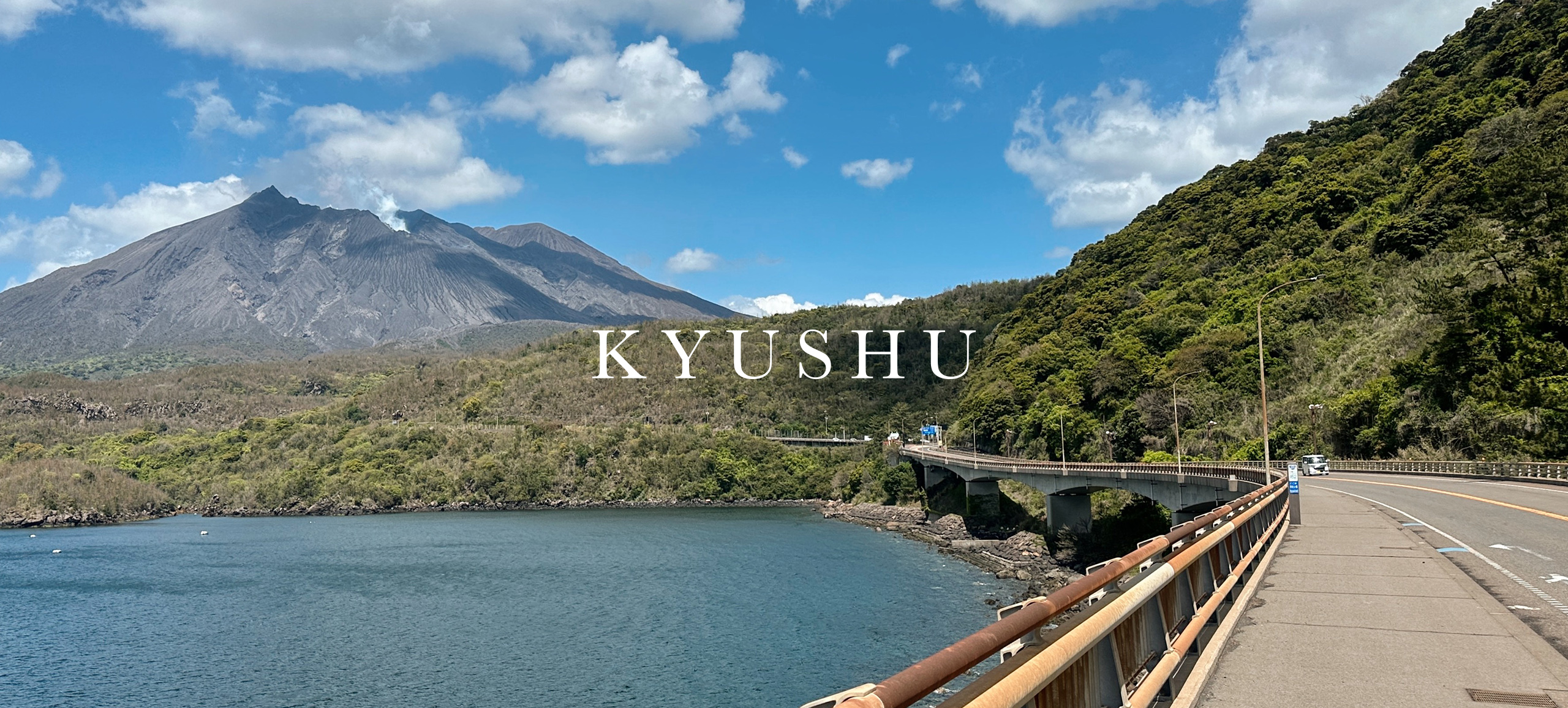
sponsored campaign by: TREK ANZ
The Ultimate Guide to Bikepacking Around the island of Kyushu, Japan
If you’re dreaming of a bikepacking adventure that blends dramatic volcanic landscapes, coastal serenity, steamy hot springs, and deep cultural roots, look no further than Kyushu, Japan’s southernmost main island. Often overlooked in favor of more famous routes on Honshu or Hokkaido, Kyushu is a hidden gem for cyclists, offering a unique mix of natural beauty, rich history, and warm hospitality.
Kyushu is home to active volcanoes like Mount Aso, stunning coastline routes like those along the Nichinan Coast, and charming onsen towns such as Beppu and Kurokawa. Its diverse geography makes for exhilarating rides—whether you’re climbing into misty mountains, cruising by terraced rice fields, or following ancient pilgrimage trails. Plus, with relatively mild weather and well-developed infrastructure, it’s a welcoming place for both seasoned bikepackers and adventurous beginners.
In this ultimate guide, we’ll cover everything you need to plan your Kyushu bikepacking journey—from choosing the best routes and seasons to understanding local logistics, gear tips, camping spots, cultural etiquette, and must-see stops. Whether you’re mapping out a week-long circuit or a month-long exploration, this guide is designed to help you ride smarter, lighter, and deeper into the soul of Kyushu.
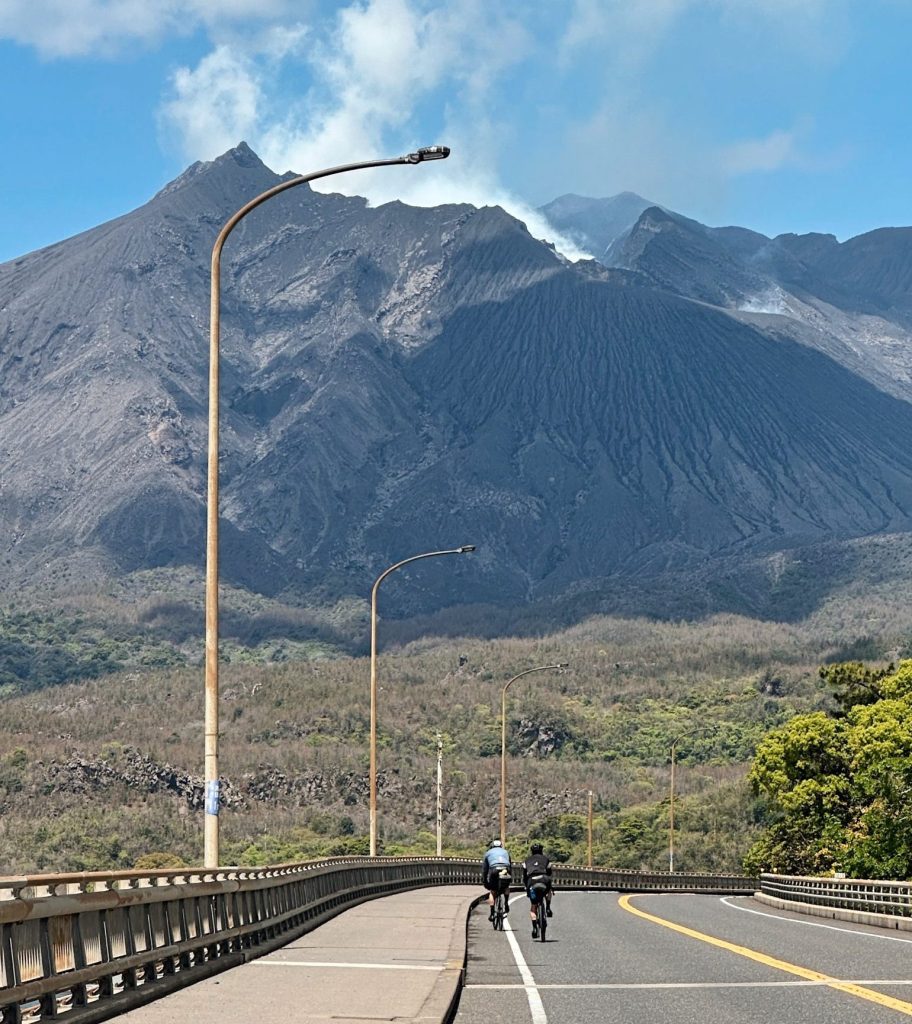
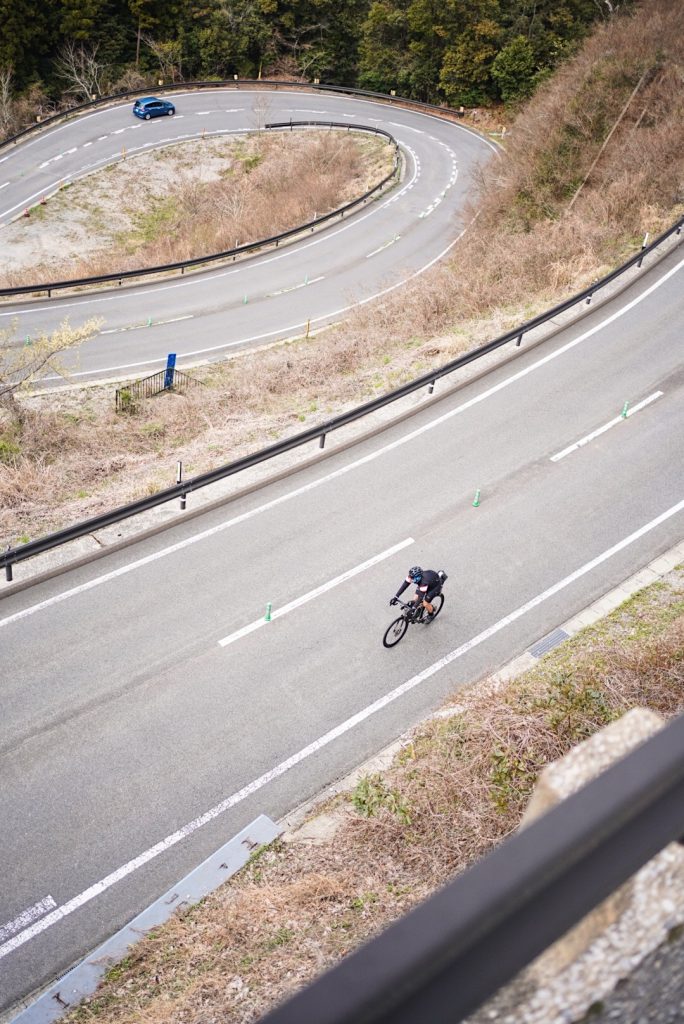
TIPS & GUIDE
1. Plan Your Route Carefully
Good planning can make your Kyushu bikepacking trip smoother and far more enjoyable. Use tools like Strava, Komoot, and Ride with GPS to explore existing routes, and cross-check with local blogs or tourism sites to find scenic, bike-friendly paths.
Skip the Highways
Main roads in Kyushu can be narrow and busy—avoid them when possible. Instead, aim for quiet rural routes that offer less traffic, better scenery, and a safer, more peaceful ride.
Go Local
Riding through rural villages and countryside gives you a closer look at local life, hidden shrines, and stunning natural beauty. It’s where Kyushu’s real charm shines through.
Plan smart, go slow, and let the route shape your adventure.
2. Pack Light
Kyushu is full of mountain climbs and rolling terrain, so every extra kilogram counts. A lighter setup means a more enjoyable ride, especially on long climbs. The good news? You don’t need to carry camping gear—Kyushu has plenty of cyclist-friendly accommodations, including hostels, guesthouses, and ryokan that welcome bike travelers.
Travel light, and let your legs do the exploring.
3. Connect with Local Cyclists
Before your trip, try reaching out to local cycling clubs or riders—you’ll find many are happy to share tips or even join you for part of your ride. Riding with locals gives you access to insider knowledge, off-the-map routes, and a more personal cultural experience. Check social media groups, forums, or apps like Strava and LINE to connect.
Sometimes, the best part of your ride won’t be the scenery—it’ll be the people you meet along the way.
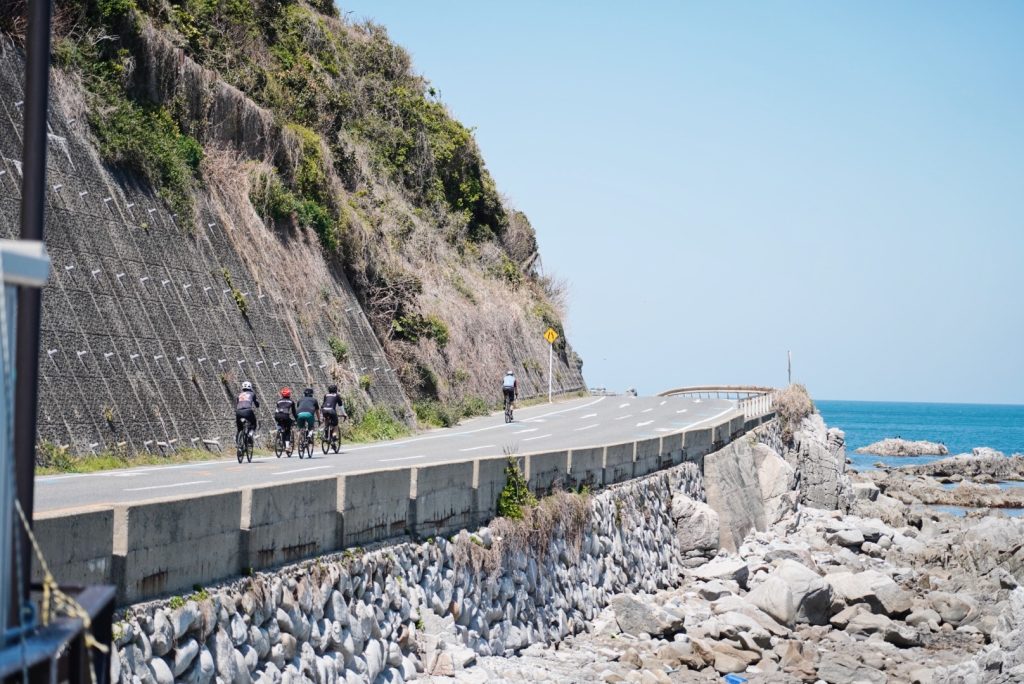
4. Learn Basic Japanese Phrases
Even just a few words of Japanese can go a long way—especially in rural areas, where English is rarely spoken. Locals will appreciate the effort, and it can open doors to more meaningful interactions. Learn basic phrases for greetings, directions, and asking for help. And just in case, make sure you have internet access for translation apps like Google Translate—they’re a lifesaver when words fail.
5. Fuel Up Right — Food Is Everywhere
Long days in the saddle require good nutrition, and luckily, Kyushu makes it easy. You’ll find 24-hour convenience stores, vending machines, and local eateries in most towns and even rural areas. From rice balls and sandwiches to hot meals and sports drinks, keeping your energy up is simple and stress-free.
6. Choose the Right Season
Japan’s weather can be unpredictable, so timing your trip is crucial. Spring (March to May) is ideal—not only for mild temperatures and comfortable riding conditions, but also for the chance to ride under blooming cherry blossoms. Avoid the rainy season (June) and typhoon season (late summer) if you want the best experience.
7. Taste the Local Flavors
Bikepacking isn’t just about the ride—it’s about the culture too. Kyushu is known for its local specialties, from chicken sashimi, tonkotsu ramen to regional seafood and unique snacks. Some dishes might be outside your comfort zone, but stay open-minded—you’ll discover flavors you won’t find anywhere else.
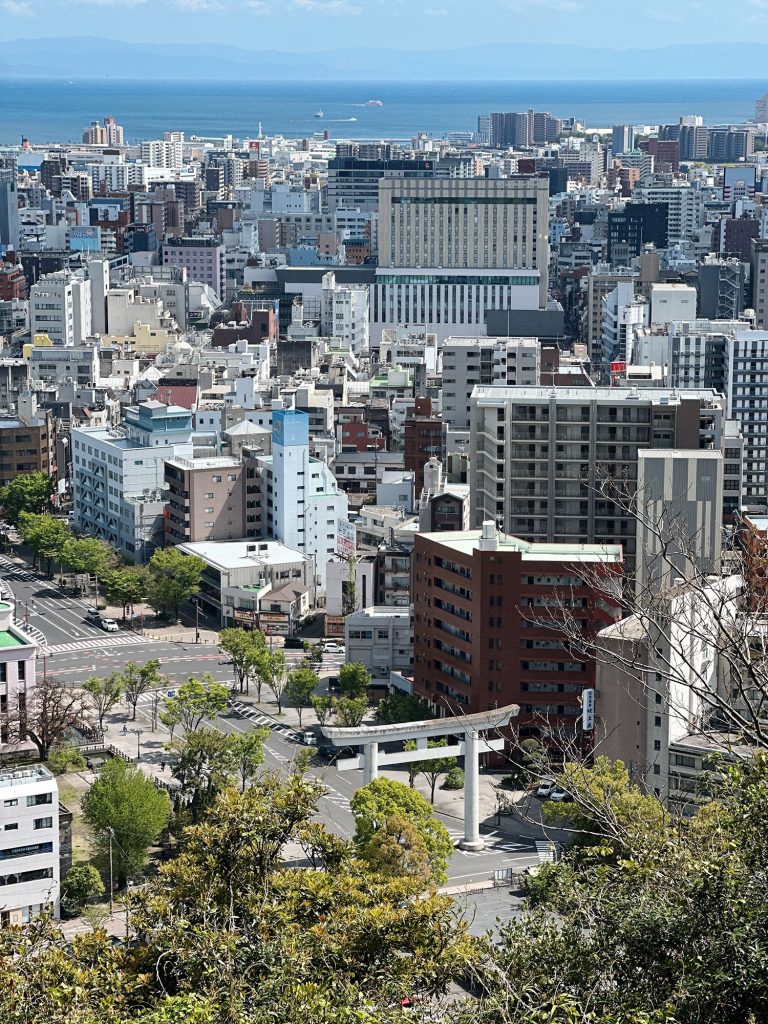
8. Love to Climb? You’re in the Right Place
Kyushu is a paradise for climbers, packed with mountain passes and scenic, steady ascents. The reward? Long, flowing descents through forests, valleys, and coastal roads that will stay in your memory long after the ride is over. If you enjoy elevation, this island won’t disappoint.
9. Check for Ferry Crossings
Some routes around Kyushu include ferry rides between islands or coastal areas. They’re a fun part of the journey—but be sure to check the schedules online in advance, especially in rural areas where service can be infrequent or seasonal.
10. Don’t Count on an Early Café Stop
Unlike many Western countries, most cafés and restaurants in Kyushu open late, often around 11 AM. That means your dreamy morning coffee stop might not happen—unless it’s from a convenience store, which luckily offers decent coffee and snacks 24/7. Plan your breakfast and caffeine fix accordingly.
11. Soak in an Onsen After the Ride
Kyushu is famous for its natural hot springs, and they’re everywhere—from quiet mountain towns to city centers. A soak in an onsen (hot spring bath) is not only a cultural must-do, but also the perfect way to recover tired legs after a big day. Many ryokan (traditional inns) offer baths, or you can search online for public bathhouses nearby.
12. Don’t Fear the Roads and Tunnels
Yes, Japan is known for its narrow roads and long tunnels, and they can seem intimidating at first. But don’t worry—traffic in rural Kyushu is usually light, and most tunnels are well-designed with wide pedestrian or shared-use paths, often separated from traffic. In many cases, you can even ride two abreast safely. Just stay visible, stay calm, and enjoy the ride.
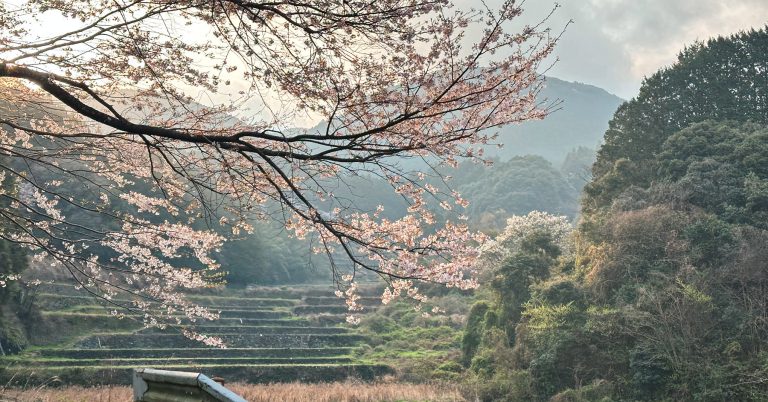
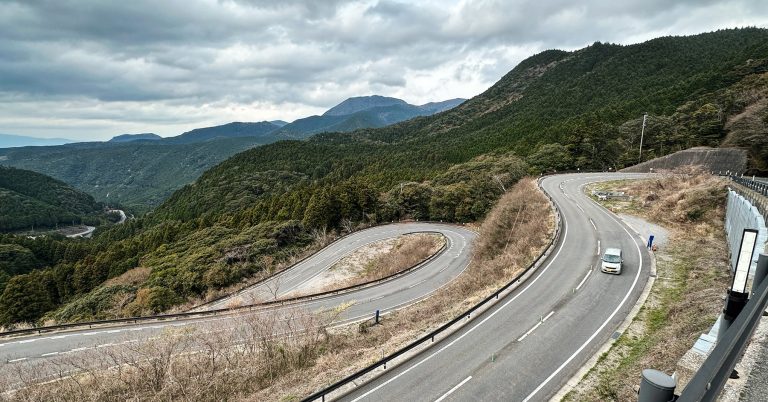
13. City Riding: Use the Shared Paths
Riding in Japanese cities can feel hectic due to tight roads and heavy traffic, but it’s manageable. Many roads have a blue arrow bike lane, and drivers are generally respectful and skilled at passing cyclists. That said, they may drive very close due to the limited space. When in doubt, especially on busy roads, stick to the wide shared-use sidewalks—they’re safer and designed with cyclists in mind.
14. Always Have a Plan B
Japan’s terrain is rugged, and landslides or road closures can happen, especially after heavy rain. It’s not uncommon to find your planned route blocked without warning. Always check for recent road conditions and be ready with an alternate route or the flexibility to backtrack. Having an offline map and a bit of patience can save the day.
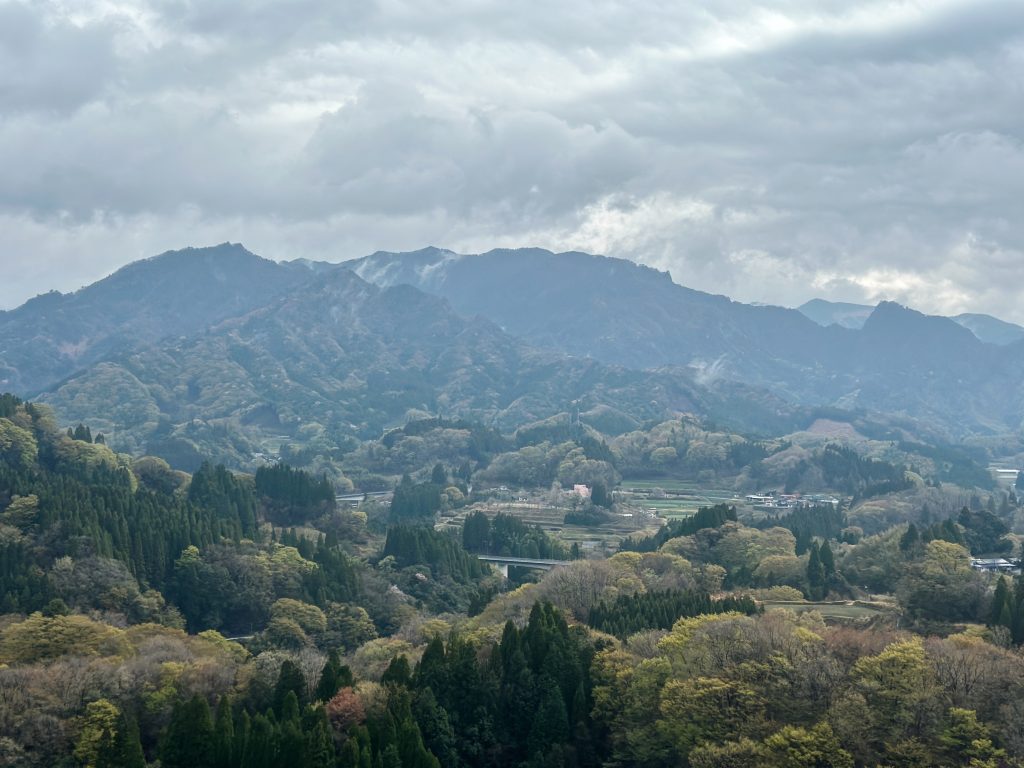
Final Thoughts:
Bikepacking around Kyushu is more than just a cycling trip—it’s a journey through a region rich in natural beauty, cultural depth, and unforgettable experiences. With the right preparation, an open heart, and a bit of curiosity, you’ll find that Kyushu offers far more than just epic climbs and scenic routes—it offers connection, discovery, and adventure.
Take these tips as your starting point, but don’t be afraid to go off script. Some of the most memorable moments happen when you explore that small side road, stop at a hidden shrine, or chat with a local farmer. Don’t rush it—let each day unfold naturally, and leave space for the unexpected.
So gear up, ride light, stay curious, and let Kyushu surprise you.
The adventure is out there—you just have to start pedaling.
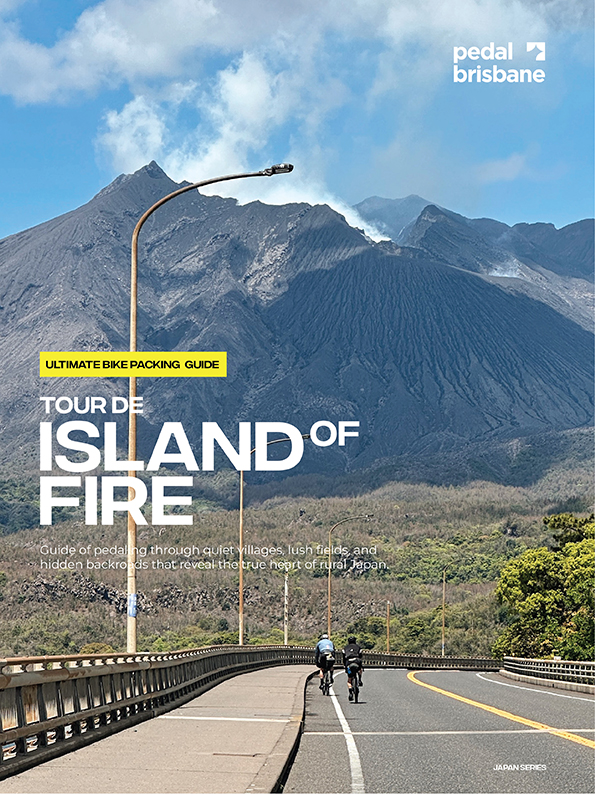
Download the Full Guide
Kyushu Bikepacking Guide 2025 is your ultimate companion for exploring Japan’s southernmost island on two wheels. Curated by Pedal Brisbane, this guide is built from first-hand experience riding across Kyushu’s volcanic landscapes, hot springs, quiet backroads, and hidden villages.
Watch our Kyushu bikepacking videos on Youtube.
